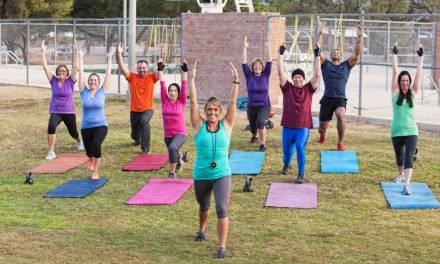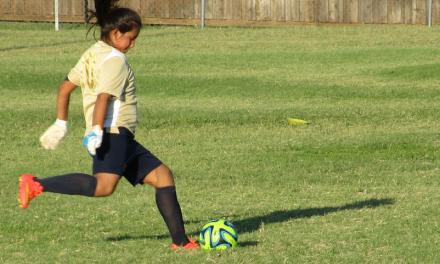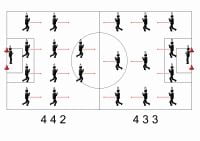British Cycling has announced that one million more women are cycling now than in 2013.
The statement comes just days before International Women’s Day, which takes place this Sunday. It aims to celebrate the social, economic, cultural and political achievements of women.
The target meets the organisation’s strategy to inspire one million more women to ride, race and be part of British Cycling by 2020; and it is a huge step to reducing the historic gender gap within the sport.
But what does the announcement mean for cycling and fitness for women? This blog post explains.
British Cycling’s 2020 target
When the organisation set their target in 2013, the number of women cycling on a regular basis was 550,000. Due to a number of measures the organisation has introduced, a further 1,023,271 more women have now been influenced to ride a bike.
Julie Harrington became the organisation’s first female Chief Executive in 2017, and she has contributed heavily to the milestone being reached.
Why has the number of women in cycling increased?
To reach their target, British Cycling has achieved the following:
- Introduced equal prize money across the men’s and women’s road series
- Now has a board made up of five male and seven female directors
- British Cycling’s female membership has grown from 9,500 to 29,000
- The HSBC UK Freeze has welcomed over 275,000 women onto its free, women-only rides
- British women have won 57 elite world titles across disciplines, including two Olympic titles
- There has been a 70% increase in the number of female cycling coaches
- Between 2017 and 2019, the number of women cycling at least weekly increased by 26.5%
- Also between 2017 and 2019, the number of women who increased cycling from once a year to monthly increased by 48.9%
There has also been a number of schemes outside of British Cycling that may have increased this total. This includes many schools implementing a bikeability scheme.
What has British Cycling said about the achievements?
On the achievements, Julie Harrington said:
In launching our women’s strategy in 2013, we spoke about how British Cycling pursues ambitious goals with seriousness and purpose. That is exacly how we have approached reaching this target in the seven years since; working alongside a fantastic and ever-growing network of organisers, coaches, volunteers and clubs, we have worked meticulously to ensure cycling is an appealing option for women, whatever their age, ability or aims on a bike.
Back in 2013 we also referenced how, even if we hit this target, there would still be plenty of room for improvement. I’d like to reiterate that sentiment now – we know that there is still a huge amount of work to be done to ensure that cycling, and sport in general, is seen as truly equal, but we are incredibly proud to have reached this stage, and intend to put everything that we have learned over the last seven years into practice to ensure that this progress continues.
What about participation in all sports?
A number of sports are currently seeing increased participation. There is a record-breaking number of women and girls playing football. According to the FA’s participation tracker, 2.6 million women are playing football. The number of adults’ female clubs has increased 32%.
The government has developed the School Sport and Activity Action plan to give young people more opportunities to access 60 minutes of daily sport and physical activity.
As part of this commitment, the government pledged an additional £2 million investment to create new after-school clubs to get more young people in disadvantaged areas active.
The Department for Education (DfE) has also committed to £2.5 million to deliver extra training for PE teachers to help schools open their facilities at weekends and during holidays.
How can PE Office help?
PE Office is an essential for PE departments, coaches and sport leaders. The virtual platform includes a comprehensive assessment framework, video and performance analysis software and a virtual classroom.
PE Office also provides access to new and updated schemes of work, lesson plans, theory lesson plans, assessment and exams.
To find out more click here.










